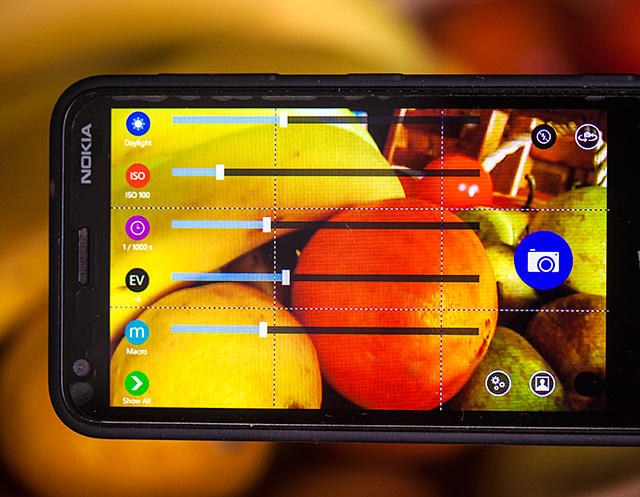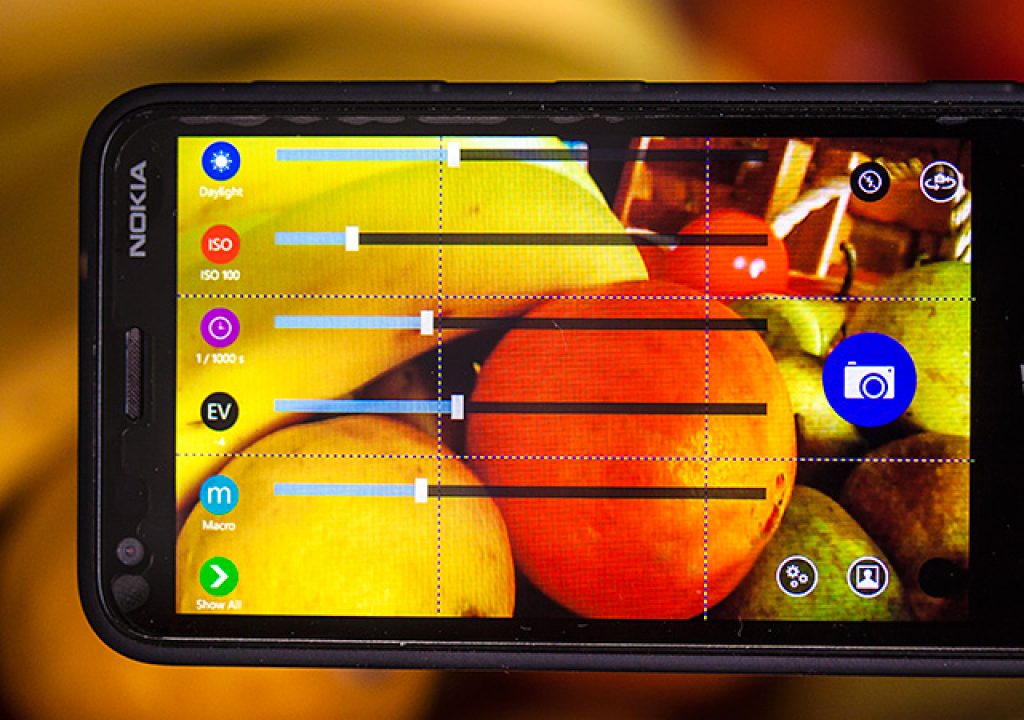
We do know that Smartphones can be used for more than snapshots, but many people, professional photographers included, keep looking at them with suspicion. The built in camera modes, especially in the more modest units, is not much interesting, it is true, but with some research, you can find ways to get a more sophisticated “camera” inside your Smartphone.
Being a complete DSLR addict, I do not believe Smartphones will ever compete with the cameras I use, need and prefer. But it is stupid to not accept them as a valuable tool for picture taking, offering you viable ways to collect notes, a bit like a digital Polaroid you can use in the field, to register visually eventual themes for further exploring. Or grab images that otherwise you would not have, if you left your DSLR home.
Besides that “notebook” capacity Smartphones have, they can also be used creatively, once you go beyond the basic camera settings some models offer, and enter a level of control that is very much similar to what you find in most cameras. No, it will not, again, substitute a bigger camera, but it surely can offer you some surprises if you dare to go beyond the snapshot mentality and invest some time understanding how it all works.
Let me give you a very precise example: I've a Nokia Lumia 620, a Windows Phone, a cheap, entry level Smartphone that I found was enough for my needs. Besides giving me access to fantastic apps – from things like info on sunrise/sunset times to full GPS without the need to connect to any service – my Lumia 620 has a 5 Megapixel camera.
One App to Modify Your Smartphone
With a focal length of 28mm at f/2.4, able to focus at 10cm , with a LED flash and a sensor of 1/4 inch, the camera in my Lumia 620 gives me images with 2592×1936 pixels at 4:3 and 2592×1456 at 16:9, respectable sizes, although they still do not match, in terms of quality, the images I could get from my old Canon D30, from 2000, with a 22.7 x 15.1 mm CMOS sensor (APS-C) with 3.1 megapixels, that's a 2160 x 1440 pixels size image. Besides, the basic operation modes on the Lumia 620 are not very inspiring.
The good side of these “cameras” is that they can be modified, to a certain extent, by applications we can download and install. There are multiple apps being offered or sold, and if you do your research you'll always find something that interests you. I am not much interested into those apps offering multiple collections of filters, Instagram, Lomo or any other trends you'll have heard about. But I am eager to try apps that let me control exposure, white balance and other elements that concur for a good exposure.
So, I want to share here one app that does exactly that. It is called Imagine Cam, was launched in 2012 by the author, Nguyen Pham, and can be found at the Windows Phone store. In fact it offers more than the camera side of the equation, as it also offers one editor and a lot of special effects. Some of those are interesting and fun to use, but what I really appreciate on this app is the interface to control every aspect of exposure, very easy to use and the adequate size for the screen size of my Lumia 620.
Compete With Compact Cameras
The Imagine Cam applet lets me control exposure from 1/16000 to 4 seconds, adjust ISO from 100 to 800, compensate exposure in a range from -18 to + 18 EV and define white balance for Auto, Cloudy, Daylight, Flash, Fluorescent, Tungsten, Candlelight. In terms of program modes it offers Auto, Macro, Sport, Night, NightPortrait and Backlit. It is also possible to adjust focusing to Macro, Normal, Full, Hyperfocal and Infinity.
I've been exploring the Imagine Cam app for some time now, and I do like the resulting JPEG files obtained. As I said, they do not compare to images from a camera with a bigger sensor, but knowing what to expect from your Smartphone camera, you'll be sometimes surprised. And the more you invest in it, the better the results you'll get. I've chosen three pictures to publish here that are more than snapshots and fully justify what I am trying to share with the readers.
The landscape image is probably the most common of them all. With good light Smartphone cameras can do a good job and compete with compact cameras. That's one of the reasons why the market for compact cameras is shrinking. More and more people are taking pictures with their phones. For most uses – and even to print a normal 10×15 cm lab photo – they are more than enough. Still, if you can do more than a snapshot, because you can control exposure at the level Imagine Cam offers, you can enter the realm of creative photography. This picture was taken at 1/2632 at f/2.4, ISO 100.
A tribute to Edward Weston
The beer glass picture is the result of some exposure work, using ambient light at a restaurant. I took it to show that you can create photos that are memory of an occasion – this time my older son's 24th birthday – and are more than simple snapshots. It was taken at 1/17 at f/2.4, ISO 640, without flash (which is mostly a disaster to use, really). Slight edit of levels and local boost in the Lumia 620, and then a final normal editing, as I do with all my images, in Photoshop with Topaz Labs box of filters (Clarity) for a final touch, within what I call “reality parameters”. I like the result.
The photo with the three peppers is a tribute to Edward Weston Pepper No. 30, and is a sign of the potential for some creative work done with the Lumia 620. This is a bit like a studio shot, with the background provided by a the black side of a big sized round reflector/diffuser. Furthermore, the image is a good example of the things you can do when you set your mind to a creative process, and are able to control exposure. The picture was taken at 1/23 at f/2.4, ISO 400, with slight underexposure (-1.3 stops).
I could use different light, natural or artificial for this picture, but for this specific one I used a Manfrotto Spectra LED Light 500F, a small portable LED light that I find very interesting to use with small subjects and is a great helper (also) for pictures with Smartphones. In fact, I've found myself using more and more LED lights for some projects, because I like the way they mimic “old” continuous light systems without the problems of heat. With a Smartphone camera like the one in my Lumia 620, a LED light (a dimmable one, as this one) may be your best friend to work creatively. As the picture of the peppers picture shows. I wonder if Edward Weston would reshoot his peppers with a Smartphone today?

